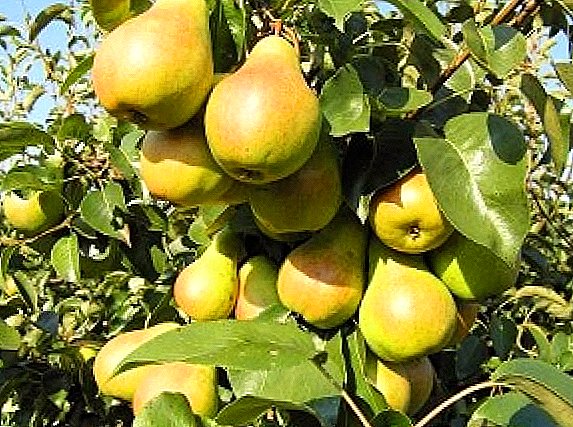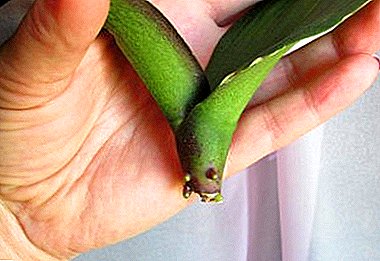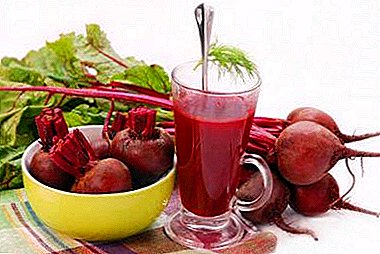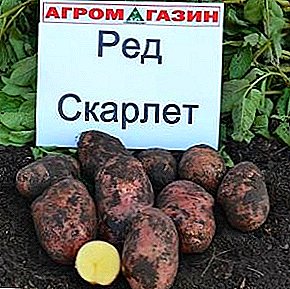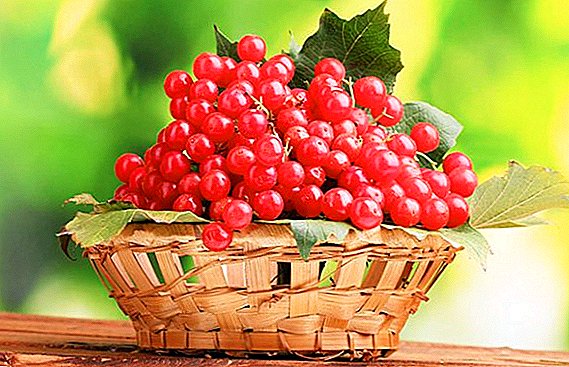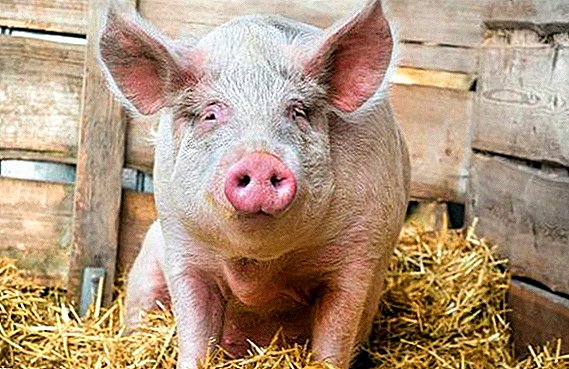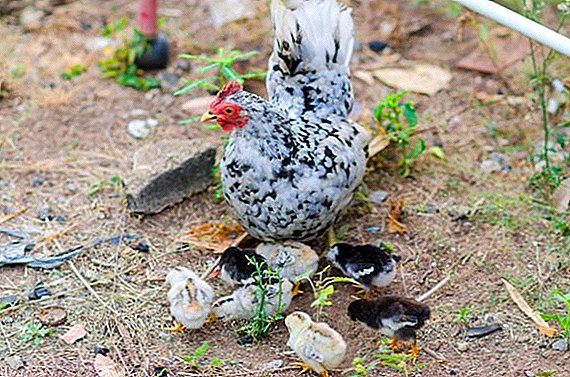 There are a huge number of different breeds of chickens, and farmers can choose them based on personal preferences. In our article we will tell about hens Bentams, their origin, productivity, we will give a description of the species.
There are a huge number of different breeds of chickens, and farmers can choose them based on personal preferences. In our article we will tell about hens Bentams, their origin, productivity, we will give a description of the species.
Origin
It is believed that the homeland of Bentham is Japan. However, some sources say that they were brought there from India. Since the first representatives were a wild bird, today it is characterized by the presence of natural immunity to infectious diseases, responsibility for chickens, as well as the belligerence of cockerels.
Important! Bentamki very poorly tolerate cold, so you should take care of heating the chicken coop in the winter.
In our time, the Bentamka breed is produced in many countries, including Malaysia, Holland, Poland, Germany and Russia. 
Breed characteristics
The breed is characterized by the presence of a special "bentam gene" dwarfism. In addition, representatives may have a completely different, bright color. These chickens are known for fluffy plumage, low landing and fluffy legs.
Chickens also have good health, well-developed maternal instinct and stable egg laying. The survival rate is quite high - almost 90%. The bird hatches eggs for 3 months. They are good to their and other kids.
Productivity
The average weight of females is about 500 g, and males - about 1 kg. During the year one individual can lay 150 or more eggs. The average weight of one egg is 44-50 g. Usually, the first eggs can be obtained from chickens at the age of 7 months. 
Types of Bantamok
There are many species of this breed. We offer you a brief description of some of them.
We recommend to get acquainted with the best breeds of ornamental, fighting and red chickens.
Nanjing
This breed is considered the oldest. Chickens are distinguished by bright plumage of a wide variety of colors. The most popular is orange-yellow. Chickens are famous for their large and black breasts, bright mane with black splashes, and a large black tail.
Did you know? The chicken boasts its own monument: a sculpture in the form of a bird that crosses the road is installed in Stockholm. The monument is comic and symbolizes modern women who are constantly in a hurry somewhere.

Chickens have a pinkish scallop, but sometimes it can be leaf-shaped. Legs have a lead color, on them there is no plumage.
Peronogie
This species is the most beautiful in the world. Most often, chickens have a white color, but sometimes there are representatives of other colors. They are owners of a well-developed and lush feather cover on the legs, have a leaf-shaped scallop. 
We advise you to read about when the hens of pullet begin to fly, what to do if the hens do not carry or carry small eggs, and why the hens peck eggs.
Beijing
Due to the fluffy, airy plumage, the little chickens look quite large. White, reddish, black and mixed colors are possible. The species is characterized by the presence of spherical tail.
Representatives have small shaggy legs, so you might think that they do not walk, but crawl. In appearance they look like Cochinquins. 
Dutch
Very beautiful view. Feathers of black resin color and white fluffy tuft look very impressive. Dutch chickens tend to have large and shiny eyes, a rounded tail. Legs and beak have a dark color. Scallop has two done, similar to the letter "V".
Unfortunately, such beauty creates a lot of inconvenience, since during the eating of food a tuft of dirt sticks, after which it can get into the eyes and provoke an inflammatory process. And when it's below freezing, and the tuft gets wet, the chickens barely turn their heads. 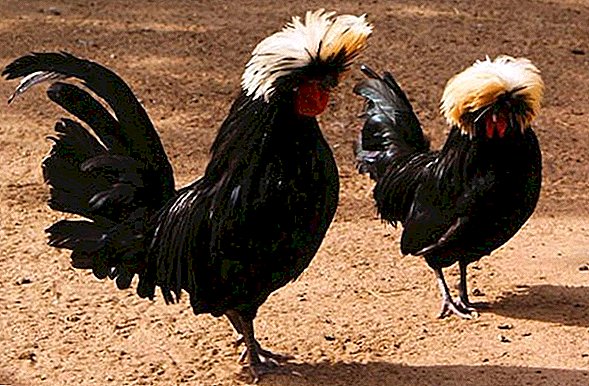
Such breeds of lakenfelder, Sumatra, Gudan, Chinese Silk, Pavlovian golden, Hamburg, Bielefelder, Barnevelder, Araucana, Silver Brekel, Legbar and Maran are also distinguished by their beautiful appearance.
Padua
This species is distinguished by a pale gray or dark golden color. In appearance, these chickens have similarities with the Dutch, but in size they are somewhat larger, have a larger crest and a small scallop. In males, the plumage is long and pointed; in the hens, the plumage is rounded. 
Seabright
Unfortunately, birds of this species are prone to many ailments and reproduce an insufficient number of offspring. This leads to their extinction. Roosters have a fighting character.
Important! After the chickens appear in the chicken, for safety reasons, they should be placed in a separate chicken coop for two weeks.
Representatives have a fairly well-developed sternum, shortened back, small tail. They are distinguished by a gray or white with gold color, on the feathers there is a border in the form of a black stripe. Ears svetlenkie, comb in the form of roses.
You will probably be interested to learn more about the sibrayt chickens.

Hamburg black (black and white)
Differ in thick black feathers on the legs and body, have a reddish comb. Sometimes there may be representatives with a light color and pink legs. Both hens and cockerels are rather phlegmatic. Chickens have good resistance to various diseases. 
Shabo
It has wild roots in the forests of Japan. Color feathery varied. They differ from their fellow small size. Silk and curly chickens are more suitable for exhibitions, although ordinary representatives have straight and elongated plumage. 
Altai
The view is famous for shaggy legs. Birds have a strong downed body, curved in front of the breast, on the head stands out "lush hairstyle." Altai chickens are known for their beautiful thick feathers and a huge variety of colors. 
Check out the list of the most unusual breeds of chickens.
Calico
This species is very popular in Russia. Males have thoracic and tail plumage of black color and greenish tint. On the feathers of the body there are white spots. On the paws there is yellowness, feathers are absent. 
Walnut
They have light chocolate feathers with a grayish tint. Females are distinguished by small head sizes, bluish legs, and wings slightly separated from the calf. Males have black plumage on the breast and tail with a reddish tint. 
Fight
Differ in a multi-colored color of feathers, large wings and a fan tail. Large complexion puts them on a single line with weight types. They have great strength and good survival. 
Danish
This species was bred as a result of mixing Japanese and English combat breeds. There are more than 15 colors. They have a squat body, curved forward front part. The tail has lush feathers, an overgrown rise, there are large oblong wings. Have high resistance to diseases. 
Learn how to choose a ready-made chicken coop, how to independently produce and equip a dwelling for chickens, how to keep chickens in the winter season, as well as what are the pros and cons of keeping chickens in cages.
Yokagam (Phoenix)
The plumage has a reddish-brown color with green tints. The length of the cock tail can reach several meters. It has a raven color, dotted with black dots, with large spurs on its legs. 
Malaysian serama
The view is modest in size, slightly larger than a pigeon. The maximum mass is about 700 g. This species can easily live in a cage. It looks very unusual - the body of the bird is located almost vertically, the tail is set high, and the neck is arched like a swan.
Did you know? The mass of the largest chicken egg, which was recorded in the Guinness Book of Records, is 170 g. Its length is 8.2 cm, width is 6.2 cm.

The Bentamky chickens are a very interesting and one of a kind unique breed. Most often, it starts in small farms and enjoy not only the products of its production, but also the original appearance of the bird.
Reviews from the network





